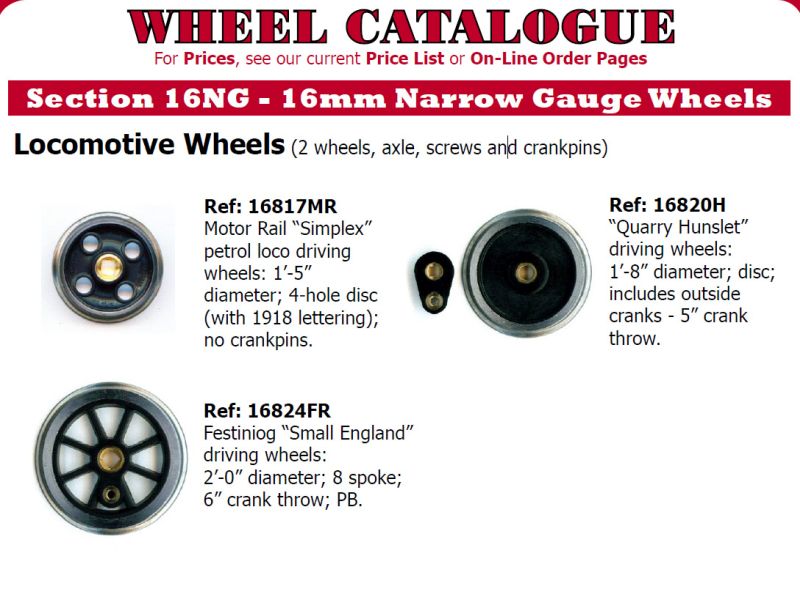OK, it is time to finish this thread with my final assessment of this kit… I’ve never built railroad equipment from a kit before, so I am making my judgements from having torn apart and repaired my little iron horses and distant memories of 1:32 armor kits. With those qualifications I offer…
Bottom line: This is a reasonably priced, beautiful little kit with easy to follow instructions, high quality components, and good support. I did find that it did not consistently cross over LGB turnout frogs, but this could be a result of rookie mistakes, uneven or worn track, or my substitution of washers for the ones provided to serve as spacers to bring the wheels into gauge. Still, with turnouts properly aligned, I think this could work “as is” for its intended project if left in “fire and forget mode” happily turning loops through the garden. For those with larger railroad, I could see this chassis as a starting point for locomotives on isolated loops or point-to-point lines or, using its 32 mm gauge cousin, on a narrow gauge industrial or mining line.
Strengths: The instructions are foolproof. They are clearly written for novices like myself. They include a photo of every part with labels. They make assembling the kit a breeze. The best of instructions are no good with bad pieces. The plastic bits are sturdy stuff and required little cleaning. The brass is joy to behold after three years of dealing with shredded nylon gears! The kit is very forgiving, with lots of extra wire on the battery clip and motor leads and slightly larger than needed holes on the coupling rods. The material took paint well and, where holes needed a bit of widening, it took minimal effort with pin vise or file. Did I mention everything passed the Kid-zilla test? Yes, you could use this as an intro to railroading for younger modelers.
Quirks: Note I avoid saying “weaknesses.” As mentioned in the bottom line, the tracking issue could be unrelated to the kit. I mention the issue as an advisement, not a warning. The strangest thing were the washers I was supposed to “square.” The kit came with a tree of squared washers, so why not pack an extra couple trees? It also runs quite fast. The speed controller costs $5 extra. I meant to buy it, but loused up something with PayPal.
Would I buy this again? I am undecided. The Triple O is a turnout rich railroad. I like the visual, and I like the fact that we could, in fact, try operations. If I can resolve the tracking issue with little deviation from the stock kit, future purchases are a no-brainer. In fact, if I can resolve that issue with little deviation from stock, I would be tempted to try one of the loco kits (correct in theme if not in point of fact for our Hawaii-inspired line) for the shear joy of working with this manufacturer’s product. If, however, getting the chassis to work right on my railroad would require $40-$60 of purchases for a better wheel set, I would probably just buy a new STAINZ chassis as my starting point.
And that’s that! If I have a breakthough, I’ll reopen this thread. Otherwise, Pete T. has offered a way forward using a graciously donated wheel set, but, as that is a significant deviation from stock, I’ll cover that in “Rehab of the Missile Sponges Part the Second - Christmas Thomas”
Eric
P.S. My computer is getting wonky… I may go silent for a couple days…

